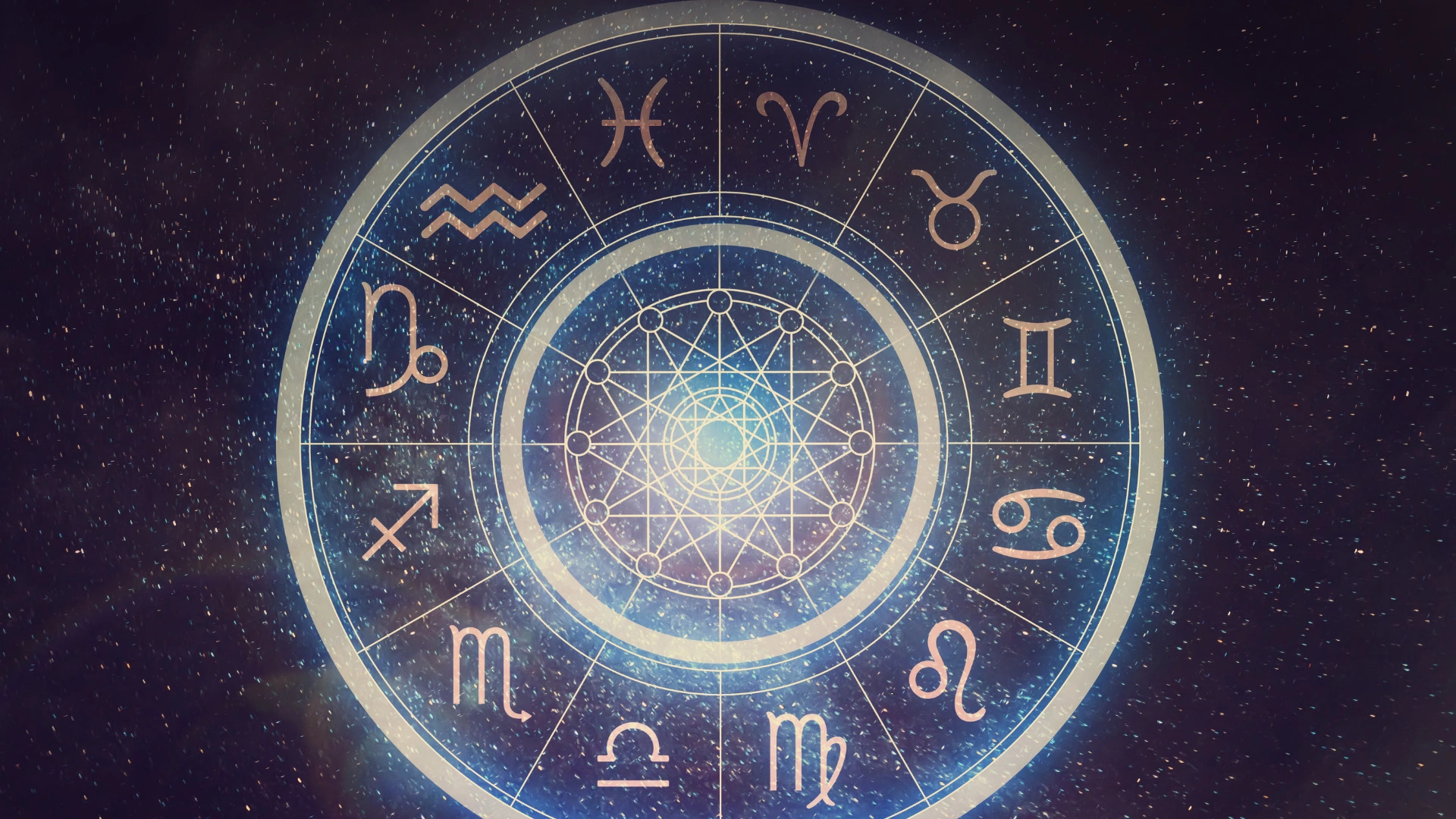Two exciting celestial events are happening on April 8th that skywatchers won’t want to miss. The main attraction is a rare total solar eclipse that will darken daytime skies. However, observers will also have the chance to see a periodic comet nicknamed the “Devil Comet” that evening. This comet’s official designation is 12P/Pons-Brooks. It orbits the sun every 71 years and will be visible from the Northern Hemisphere.
Why Is It Called The Devil Comet?
The nickname “Devil Comet” comes from its dramatic, fiery eruptions of ice and gas that resemble devil horns. First spotted by Chinese astronomers centuries ago, it was formally identified in the 1800s by the French astronomer Jean-Louis Pons and British-American astronomer William Robert Brooks.
During the total solar eclipse on April 8th, the sky will go completely dark for a brief time. This will allow the greenish Devil Comet to potentially be seen with the naked eye if conditions are right. Jupiter will serve as a guide to finding the comet, which will appear about 6 degrees west of the bright planet. Binoculars will also help observe the 18.6-mile wide comet during the eclipse totality phase.
How To Spot The Devil Comet?
While the eclipse offers a unique chance, experts say the days before April 21st may be better for seeing the comet as it approaches the sun. It will look brightest on April 8th when passing near Jupiter. After April 21st, the comet starts fading rapidly and becomes harder to spot with amateur telescopes.
So astronomers advise looking in the early evening twilight before then, using binoculars or a telescope. However its brightness is unpredictable, so there’s no guarantee it will be visible on the 8th. The eclipse totality still offers a special opportunity to try sighting this periodic comet as it makes a rare visit.





















